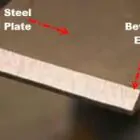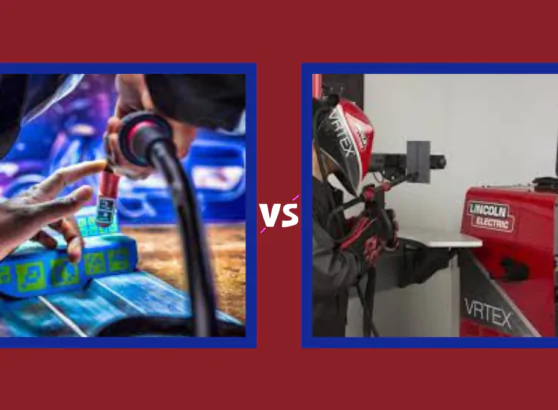Since long we all are frequently overlooking the significance of the welding industry in our daily lives. It is a necessary part of our lives. The welding industry plays a critical role in almost every industry, from transportation to construction.
The Retirement Problem
The trade is changing rapidly, and it must quickly adapt to new generations. The average age of a welder, according to the AWS (American Welding Society), is in their mid-fifties. And many approaching the age of 60. Because these experienced welders are nearing retirement, the shortage of incoming skilled welders is worsening.
According to the AWS, the United States will face a shortage of 400,000 skilled welders by 2024. The problem exists in an industry worth more than $5.5 billion, and given the trade’s transversal role, it will worsen.
Shortage of Welders
The shortage of skilled welders is beginning to have an impact on various industries. Both Fiat and Ford had problems with their vehicles in 2018 due to welding issues. Fiat had to recall 18,000 Jeep Wranglers due to a faulty weld in the vehicle’s frame.
The Ford’s Recall
Another automotive behemoth, Ford, was forced to recall 12,000 vehicles in North America due to faulty pump welds in some of their vehicles. These types of welding issues are also affecting other industries. For example, the United Kingdom had to postpone the launch of their new £31 billion nuclear missiles. And this happened after it was discovered that the missile tube had cracks.
Difficult times in the Welding Industry
It is obvious that the welding industry is facing difficult times, and it is critical to implement new changes and trends. The trade must be appealing to newcomers, and the shortage of skilled welders can and should be a motivator for those looking for work. So, what should the welding industry’s next step be?
The solution is to use new methodologies and technologies to disrupt traditional methods and propel the welding industry forward. You can achieve this goal in a variety of ways, one of which is to apply one of the world’s most popular technological trends, AR (Augmented Reality), to welding training.
AR technology can motivate newcomers by delivering experimental and individualised learning, thus encouraging their learning process. From the trainer’s perspective, it results in energy, time, and capital savings, as well as a complete reduction in accidents, particularly among beginners. To summarise, Augmented Reality is the ideal tool for attracting, developing, and empowering the current and future generations of industrial labour. The combination of Augmented Reality and welding training is already being used around the world, thanks to Soldamatic Augmented Training. the first AR-enabled welding simulator. It is available in over 50 countries, and industry leaders like Siemens, John Deere, and Volkswagen are already using it to qualify better welders.
Sources:
- https://www.manufacturing.net/blog/2016/04/why-welding-incredibly-important-industry
- http://files.aws.org/pr/shortagefactsheet.pdf
- https://www.bloomberg.com/news/articles/2018-10-05/jeep-preparing-to-recall-new-wranglers-over-frame-weld-defect
- https://www.auto123.com/en/news/Ford-recalls-12000-ford-lincoln-vehicles/64795/








